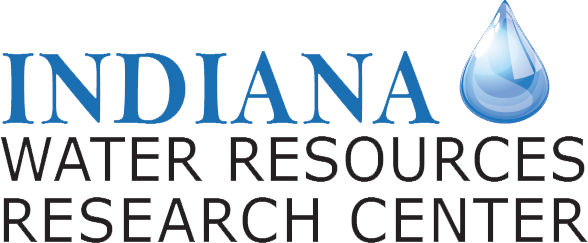Factsheet – Seasonal and Hydrological Controls of Bioavailability of Organic Phosphorus in Agricultural Drainage Waters
A research project funded by the Indiana Water Resources Research Center through the U.S. Geological Survey’s 104B annual base grants (section 104 of the Water Resources Research Act of 1984, as amended).

Start Date: 2020-03-01
End Date: 2021-12-31
Total Federal Funds: $15,000
Total Non-Federal Funds: $30,680
Intensive agriculture in the US Midwest has been linked to various water quality problems including eutrophication of surface waters, the proliferation of nuisance algae, and degradation of water quality. Past studies of Phosphorus (P) export from agricultural fields have largely focused on inorganic P (Pi), but have paid scant attention to the organic P constituents (Po) in agricultural drainage waters. This is probably due to the assumption that the Po fractions are not bioavailable. However, several lake studies have shown that a significant portion of Po can be converted into available P forms through enzyme-mediated hydrolysis. Similar investigations have not been conducted with agricultural drainage waters. This project assessed the amount of hydrolysable Po in drainage waters from an agricultural field in the School Branch watershed (Indiana), elucidated the factors controlling the composition and bioavailability of Po, and determined the extent to which this pool of organic P can become available to algae and contribute to eutrophication of receiving water bodies.
Research Objectives
The study site for this project included an agricultural field adjacent to School Branch, a tributary of the Eagle Creek Reservoir, an important source of drinking water for the city of Indianapolis. Runoff and tile water samples were collected during rainfall events that resulted in both surface and subsurface water flow to:
1. Determine the relative proportion of organic phosphorus (Po) to the total P exported from Central Indiana agricultural fields.
2. Assess the bioavailability of Po in agricultural drainage waters, and identify the effect of seasonal and hydrologic flow path.

Map of study area within the Eagle Creek Watershed and the School Branch Sub-watershed. The monitored agricultural field (12.4 acres = 5 ha) is showed within the hatched polygon. The hatch line indicates the approximate extension of the subsurface tile into the field.
Researcher Profile

Major Conclusions & Significance
What Does This Mean For Indiana?



